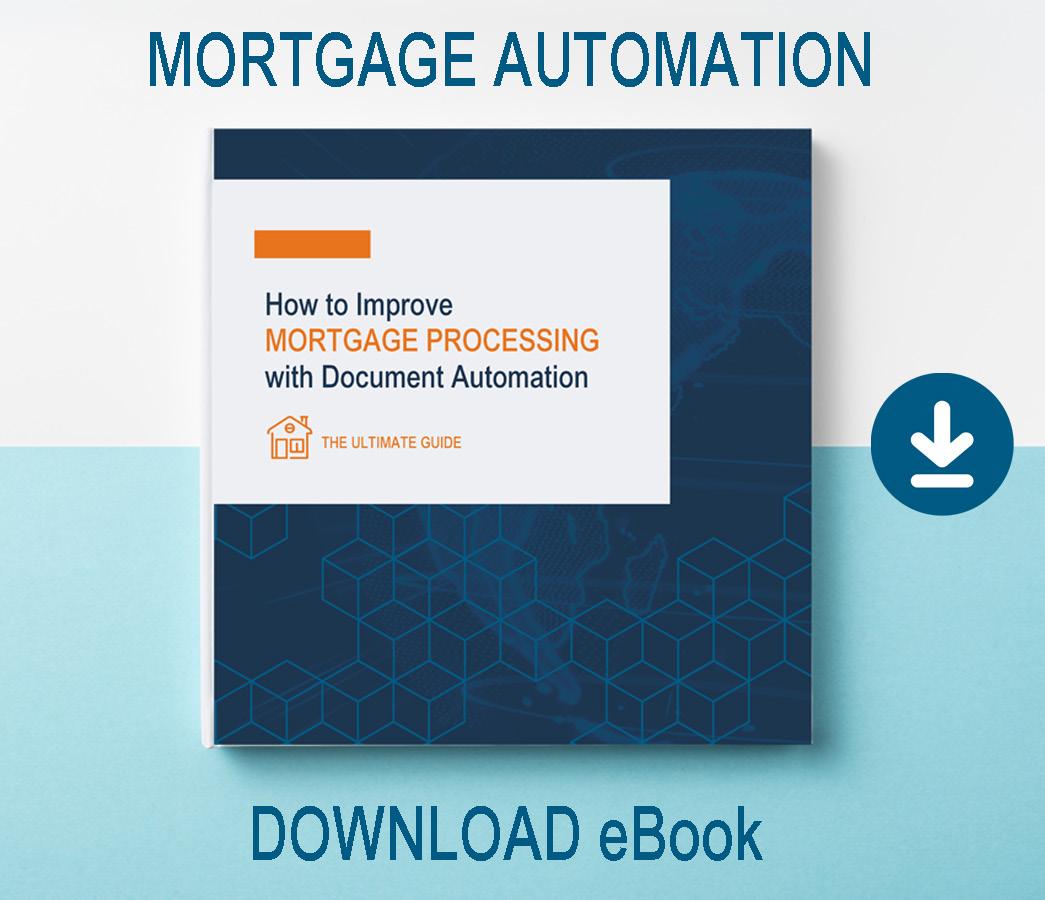
13 minute read
Regulatory Corner
Regulatory Corner
FEDERAL COMPLIANCE
HUD: HOUSING INSPECTIONS
HUD Secretary Fudge announced that HUD will substantially increase housing inspections beginning on June 1, 2021. Last year, in response to the COVID-19 pandemic and in line with public health guidance, HUD took many steps to protect HUD-assisted households and the people who provide that assistance from exposure to COVID-19. Among those steps was the suspension of most in-person housing inspections by the Real Estate Assessment Center last year along with waivers that enabled Public Housing Authorities and Multifamily housing owners and managers to reduce activities that could contribute to COVID-19 transmission.
Multifamily housing owners and property managers were informed on Friday that HUD has developed detailed protocols guiding all aspects of the inspection process. HUD, in collaboration with the CDC, will implement additional protocols and associated safety measures, including:
• The inspection of high priority/risk properties for both the Public Housing and Multifamily portfolios before other properties.
• Evaluation of known property-specific health conditions prior to the inspection.
• Regular COVID-19 testing of inspectors and efforts to facilitate the vaccination of inspectors.
• Travel and quarantine guidelines for inspectors.
• Detailed operational protocols for inspectors pre-inspection, during the inspection, and post-inspection reviewed by the CDC.
• Ability for residents to opt-out of unit inspections when inspectors arrive onsite.
HUD: EQUAL ACCESS RULE
Also, HUD announced it is withdrawing the previous administration’s proposed rule that would have weakened the Equal Access Rule. The Rule ensures that all individuals, regardless of sexual orientation or gender identity, have equal access to the Department’s Office of Community Planning and Development programs, shelters, other buildings and facilities, benefits, services, and accommodations. HUD also announced it is releasing technical assistance resources to HUD grantees. These resources will support HUD’s Office of Community Planning and Development grantees in implementing the Equal Access Rule.
FHFA: EXTENSIONS
The FHFA announced that Fannie Mae and Freddie Mac will extend some temporary loan origination flexibilities until May 31, 2021. All temporary flexibilities were originally set to expire on April 30.
Alternative appraisals on purchase and rate-term refinance loans are among the flexibilities that will now be extended through May 31, 2021.
Those temporary flexibilities related to employment verification, condominium project reviews, and expanded power of attorney are being allowed to expire as scheduled on April 30, 2021.
Due to low usage of the temporary flexibilities, FHFA expects to retire all temporary selling flexibilities on May 31, 2021.
FHA: UPDATES TO FHA SINGLE FAMILY HOUSING POLICY HANDBOOK
The FHA announced the publication of an update to the Servicing and Loss Mitigation section of the FHA Single Family Housing Policy Handbook4000.1.
The update streamlines many standard operational requirements for mortgage servicers, including revising FHA’s loss mitigation home retention “waterfall” so that servicers can more quickly offer effective loss mitigation home retention options to borrowers in danger of losing their homes to foreclosure. Additional changes streamline and enhance many servicing requirements to provide more consistency with industry practices and reduce barriers to servicing FHA-insured single-family mortgages.
CFPB: INTERIM FINAL RULE ON FDCPA
The CFPB issued an interim final rule in support of the CDC’s eviction moratorium. The CFPB’s rule requires debt collectors to provide written notice to tenants of their rights under the eviction moratorium and prohibits debt collectors from misrepresenting tenants’ eligibility for protection from eviction under the moratorium. In its press release, the CFPB said debt collectors who evict tenants who may have rights under the CDC’s moratorium without providing notice of the moratorium or who misrepresent tenants’ rights under the moratorium can be prosecuted by federal agencies and state attorneys general for violations of the FDCPA and are also subject to private lawsuits by tenants.
A temporary eviction moratorium ordered by the CDC has been extended through June 30, 2021. The CDC order generally prohibits landlords from evicting tenants for non-payment of rent, if the tenant submits a written declaration that they are unable to afford full rental payments and would likely become homeless or must move into a shared living setting. This prohibition applies to an agent or attorney acting as a debt collector on behalf of a landlord or owner of the residential property.
Under the FDCPA interim final rule, debt collectors, including attorneys, seeking to evict tenants for non-payment of rent must provide tenants who may have rights under the CDC order with clear and conspicuous written notice of those rights. The notice must be provided on the same date as the eviction notice, or, if no eviction notice is required by law, on the date that the eviction action is filed. The CFPB is providing debt collectors with sample language to satisfy the rule’s disclosure requirements.
The interim final rule will become effective May 3, 2021, with earlier compliance optional. Comments due by May 10, 2021.


• Branch Manager • Business Development Manager • Client Relationship Manager • Client Relationship Specialist • Collateral Asset Manager • Commercial Loan Officer • Credit Analyst • Licensing Assistant • Loan Officer • Loan Mitigation • Post Closing QC Expert • Loan Administration Manager • Processor • Regional Vice President • REO Closer • Retail Branch Manager • Reverse Mortgage Specialist • Sales Manager • Underwriter • Wholesale Account Exec • And MORE!



Resposes are from highly-qualified candidates. Your ad can also be [osted on Indeed and SimplyHired as a FEATURED JOB, on Craigslist in most cities, Googlebase, Oodle, Juju, CareerMetaSearch, TopUSAJobs, Jobalot and MORE! Pay-per-use RESUME BANK. findmortgagejobs.com


REGULATORY COMPLIANCE RISK MANAGEMENT OPERATIONAL EXCELLENCE
Click below for information and details on white papers, webinars and knowledge-based content

In today’s mortgage banking industry, you have a choice: you can play “follow the leader” or you can be a leader ... Lykken on Lending
With a 43-year career in mortgage lending, David Lykken is one of the most respected business leaders in the industry. He created Lykken on Lending
in 2009 to offer his mortgage industry professionals an insider’s view of the trends, issues and personalities that impact mortgage banking and the wider economy. Created by a mortgage professional for mortgage professionals, Lykken on LendingLending isis a a weeklyweekly 60-minute60-minute radioradio programprogram hostedhosted byby mortgagemortgage veteranveteran, David Lykken. Joining the program each week is Joe Farr with a MARKET UPDATE, Alice Alvey providing a LEGISLATIVE UPDATE and Andy Schell (a/k/a "The Profit Doctor") providing tips on FINANCIAL MANAGEMENT along with other regulars and featured guests. Lykken on Lending brings forth the major players in mortgage banking for provocative and insightful conversation. This is the only mortgage banking mediamedia outletoutlet wherewhere industindustry leaders speak directly without being edited or filtered by agenda-driven third parties.
Covering Topics from Main Street to Wall Street and Capitol Hill
Listen LIVE Coast to Coast
Mondays at 1:00pm Eastern/10:00am Pacific, or dial in and listen at (646) 716-4972 or (877) 666-9318 Download the Podcasts of Previous episodes any time at

THOUGHT THOUGHT LEADER
Automation Beyond Origination
By Greg Council
Recent advances in machine learning have begun to significantly impact loan origination and other key processes, especially those focused on quality control and compliance. Most applications of document automation technology are rightfully centered around the still cumbersome processes within loan origination, including confirmation of receipt and data entry. There are also a number of related processes that greatly benefit from document automation.
The reality is that while document identification and automated data entry are cornerstone functions of document automation software attractive within origination, there are often functional limitations of these solutions that prevent wider adoption into other key processes. This has been especially true for those focused on quality control and compliance. But machine learning is having a significant positive impact. Let’s first establish some context for this recent development.
Context #1: The Difference between Compliance Technology and Document Automation
The market is full of compliance-enabling solutions for banking and lending operations that serve to streamline complex, regulated functions. The core value of these solutions often revolves around the ability to create and manage a controlled process, typically with encoded rules based upon internal and government regulations that enable consistent and comprehensive compliance. Process management aspects such as validations by staff, adherence to specific process steps, and reporting are key to delivering value.
Yet few of these solutions offer automation that extends to the unstructured, document-based information that is often a critical component within lending-related processes. Rather, solution functionality focuses on the process-specific controls and reporting, leaving the tasks that involve working directly with documents as largely manual. Documents are presented by the software and staff identify them and marked as received. Data within specific documentation is located and typed into LOS by loan officers.
Document automation solutions work hand-inhand with compliance solutions to automate those document-oriented tasks with the goal of taking a controlled process and making it as close a straightthrough process as possible. Instead of requiring staff to perform manual tasks which slow down a process, much of this work can occur automatically allowing staff to focus on what is most important.
The result is a set of compliance and quality control processes that are consistent, compliant, comprehensive, and efficient.
Context #2: OCR is not Document Automation
One still major misconception in the market is that optical character recognition (OCR) is the same or similar to document automation. It is not and the introduction of OCR capabilities by the major cloud platform providers further confuses the point.
At a basic level, OCR simply converts images of text to machine readable text. That’s it. More advanced OCR software might enable what is called “document conversion”, taking a scanned document and converting it, word for word, font for font, and even tabular data and pictures, into an editable format such as Word or Google Document.
With document automation, OCR is simply a prerequisite step to move on to other tasks and only if the document in question is an image and not a born-digital document such as a searchable PDF. If you think about document automation as a sort of Maslow’s Hierarchy of Needs, OCR would be on the bottom, but it is hardly the last step to achieve true automation. On top are a number of technologies and techniques, each designed to optimally locate and extract into a structured format, the precise information an organization needs and nothing else. Using OCR simply gets you all the text into a machine-readable format. It does not convert unstructured information into precise, structured data.
Examples of other critical steps beyond OCR are the ability to identify documents and separate them if needed, the ability to freely locate data where there is no standardized format, and the ability to validate data automatically such that staff are not required. And when it comes to processes that go beyond even the technology and techniques employed by document automation software, there are yet other challenges.
Moving Beyond Basic Automated Document Classification and Data Entry
There are many organizations that consider automation of any document-related task as anything but basic and this is certainly the case within lending where the range of documents and data can be considerable. Even so, solutions abound that claim to automate these tasks in service of common loan origination scenarios including the ability to train systems on how to identify that one document is a W-2 while another is a bank statement. Most of these solutions, however, have a common underlying limitation: reliance upon analysis of text. While many solutions can automate to some level the process of identifying documents and data within a loan file, when it comes to review of non-text information, it is a very manual process. Staff must locate and order documents to support sifting through specific paperwork, verifying multiple requirements such as presence of signatures on specific documents, presence of initials in the proper locations on documents and identifying that required notary stamps, signatures, and dates are present. While some organizations have tried creative solutions such as counting the number of pixels in a given location or attempting to train machine learning on how to detect curves or shapes that signify handwritten information, the results haven’t been good at all.
The upshot is that there is a significant gap between where the compliance industry wants to be and where we are now.
Towards Complete Automation
But what if there is technology out there that can reliably discern between a signature or initials and a bunch of pixels? That could find this information without any need to create templates or rely upon variable keywords? The reality is that in order to solve these problems, the software has to do it better than a human – it has to be able to quickly view a document and easily locate and verify the presence of this non-textual information. And it has to also know what documents and which pages within those documents are the most likely to contain this information.
Technology Driving New Levels of Automation
The answer is that a combination of deep learning neural networks applied to the problem based upon emulating human vision is makes automation of this more-complex task a reality. This technology is trained on a large corpus of data both lending-related documents and discrete signatures, initials, and stamps of all sorts. In doing so, the system quickly and reliably separates text-based information from the targeted data.
The next step is that the software is trained to understand what documents are within the scope of review. There is really no need to parse a bank statement or W2 form, so the system learns how to quickly evaluate the document and determine whether it needs further analysis. And software can even be trained to compare one signature in a file to another to ensure that the same person was signed on all required pages.
A Revolution in Applications
The technology driving this new level of automation is not new – it is being used in bank and government processes to root-out fraud; but the application of it towards compliance within other processes feels much more like a revolution than mere evolution.











Hey, San Diego!









The California Mortgage Expo is one of California’s largest mortgage events for loan origination professionals, bringing together hundreds of mortgage brokers, loan originators and bank and credit union lending officers from throughout the region for an event full of education, networking and fun. You’ll be growing your business and your contacts in a setting packed with passion, professionalism and fun.
Thursday, August 12th, 2021
+ Free NMLS Renewal Class August 13th San Diego, CA
www.camortgageexpo.com
Enjoy free registration using our code OCNFREE .
PRESENTING SPONSOR NONNQM SPONSOR REVERSE MTG SPONSOR SHOW PRODUCER





